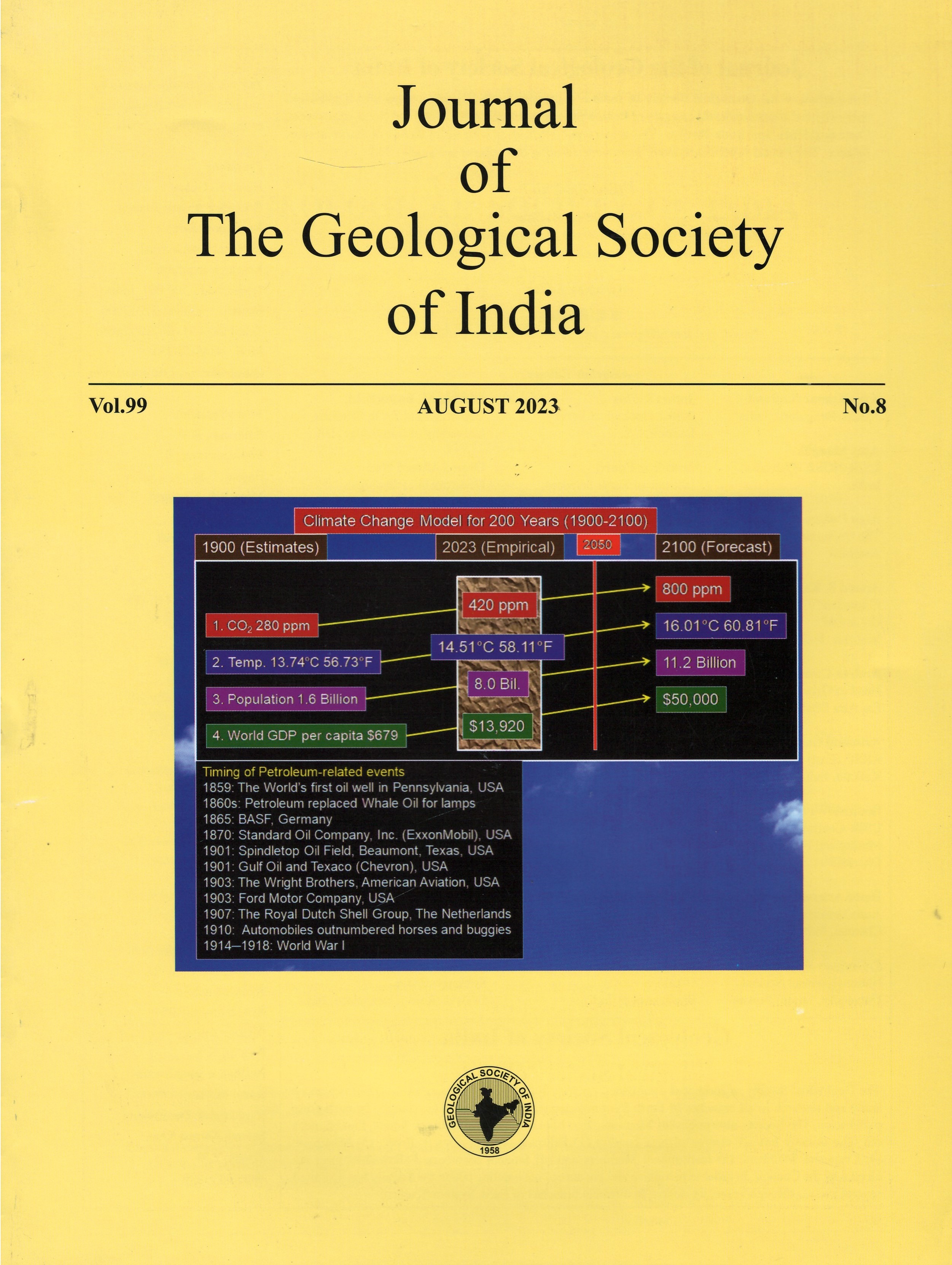A Review on CO2 Sequestration: The Indian Scenario
DOI:
https://doi.org/10.1007/s12594-023-2434-6Keywords:
No KeywordsAbstract
To address the carbon dioxide (CO2) and other green-house gas (GHG) emission issues and combat climate change, various world summits have taken place starting with the United Nations Framework Convention on Climate Change (UNFCCC) at Rio in 1992 to the COP26 at Glasgow in 2021. Although the Paris Agreement of 2015, a legally binding international treaty intended to keep global average temperature rise below 2°C (preferably 1.5°C), it appears too tough a target considering the present day scenarios of insincerity by the advanced and rich nations. On the other hand, adaptation of CCS (carbon capture and storage) technologies in industrial scale have not yet been possible because of economic unviability. Although the western countries such as the USA and the EU have invested considerable amount of funds for R&D to make the CCS technologies successful, the developed technologies are only up to the pilot scale. More funding and focused R&D are needed to make the proven CCS technologies economic in industrial scales. The R&D efforts by other countries are still insignificant. India being the fourth largest emitter of GHGs in the world, is a signatory to most of the global treaties and is trying to adopt various CCS technologies. However, no significant progress has been made so far although some initiations have been observed after the recent pledge made by the Hon. Prime Minister of India in COP26 at Glasgow for a ‘net zero’ carbon by 2070. Industrial utilization of CO2 is negligible in the country except that Tata Steel Ltd. recently installed a demonstration carbon capture plant (5 TPD CO2) at its Jamshedpur works. There are no visible efforts from the power sectors who are one of the major contributors of CO2. Future availability of CCS technologies to Indian industries shall primarily be determined by the investments they make in R&D to develop the technologies on their own or in collaboration with research laboratories. Substituting carbon with green hydrogen and using renewable energy to run the steel plants would be desirable. Implementation of costly CCS technologies in India would need incentives from government as well as involvement and financial commitment from private industries which has been very low over the years. In this article we have taken a fresh stock of the situation with respect to the global targets set, efforts being made, technological interventions and their adaptability, R&D efforts required, funding opportunities, promises made, the gaps in available technologies, and target accomplishments. Indian status has been reviewed with respect to CCS: where does it stand, what are the challenges and what is the way forward for this fast-growing developing country to address the climate change keeping a balance with its fast growth rate.

 Suchismita Pattanaik
Suchismita Pattanaik 






